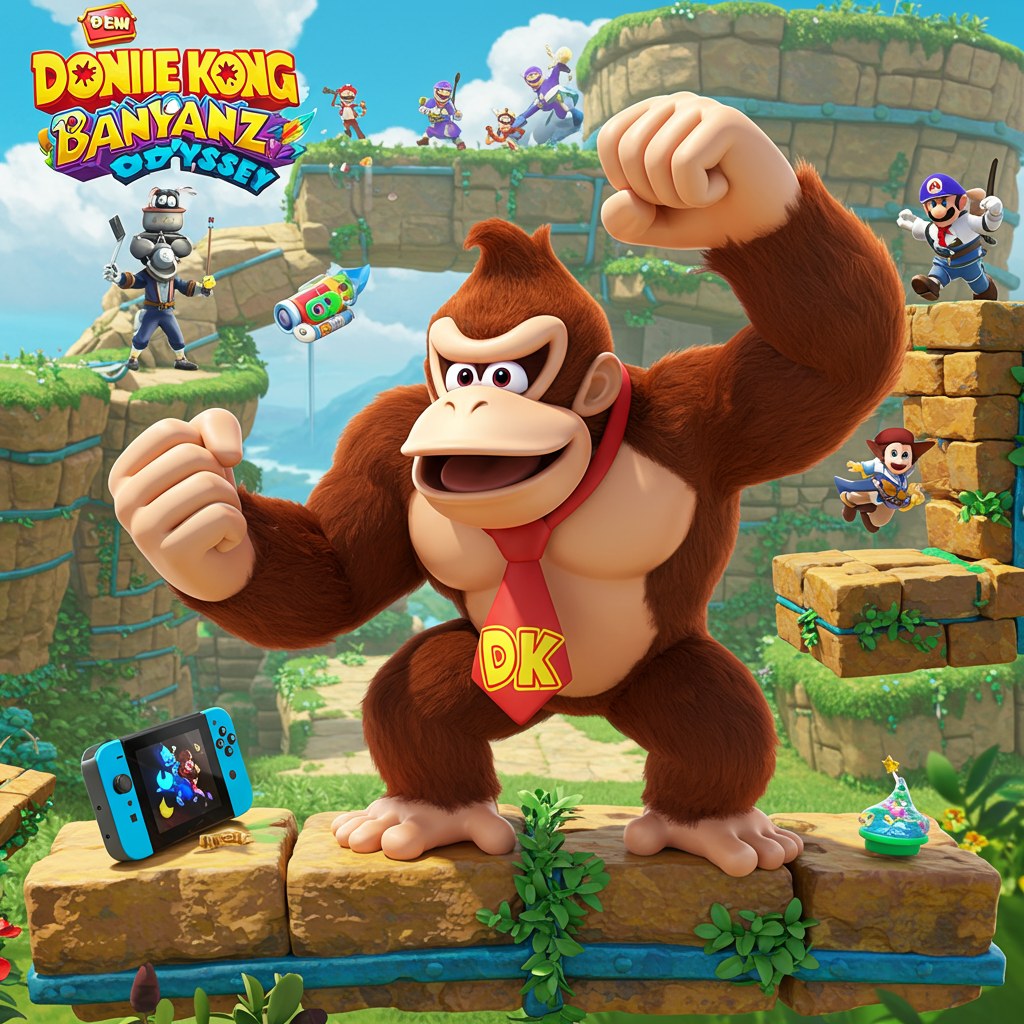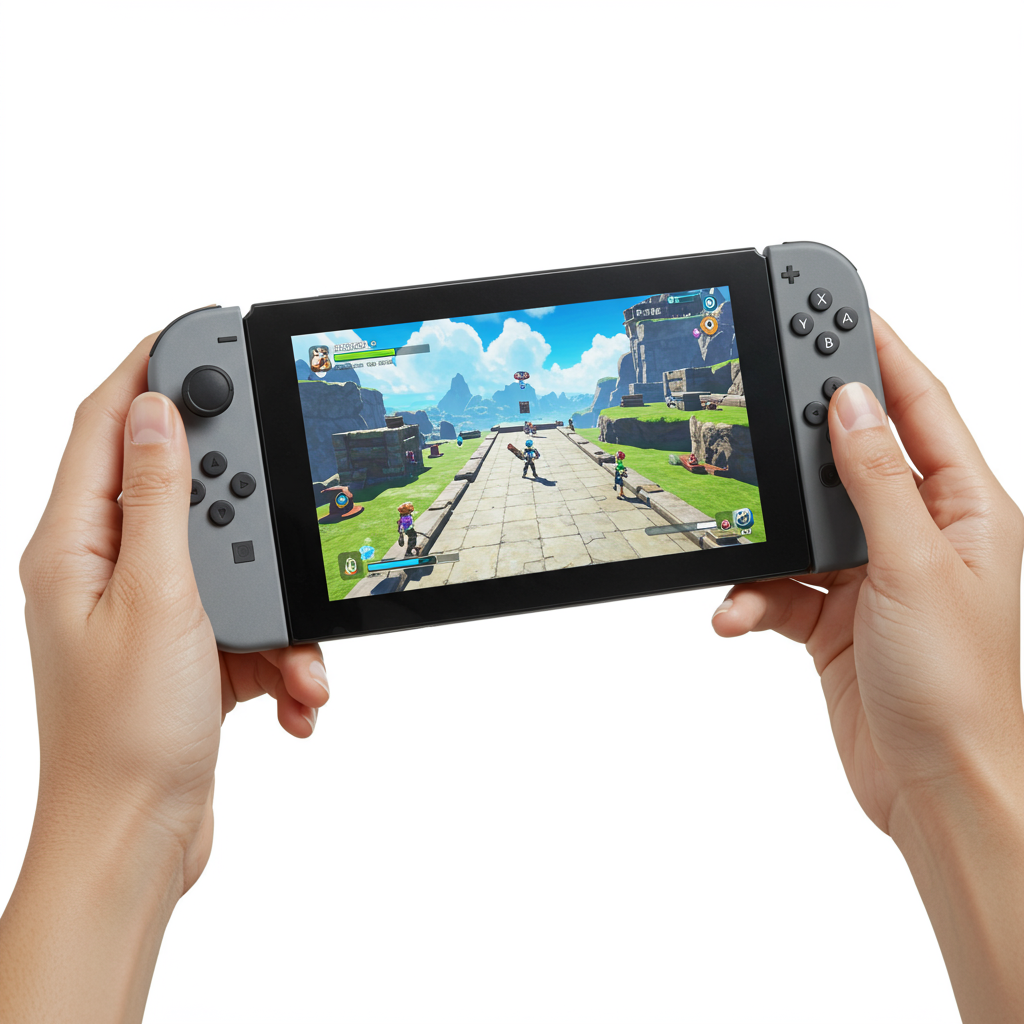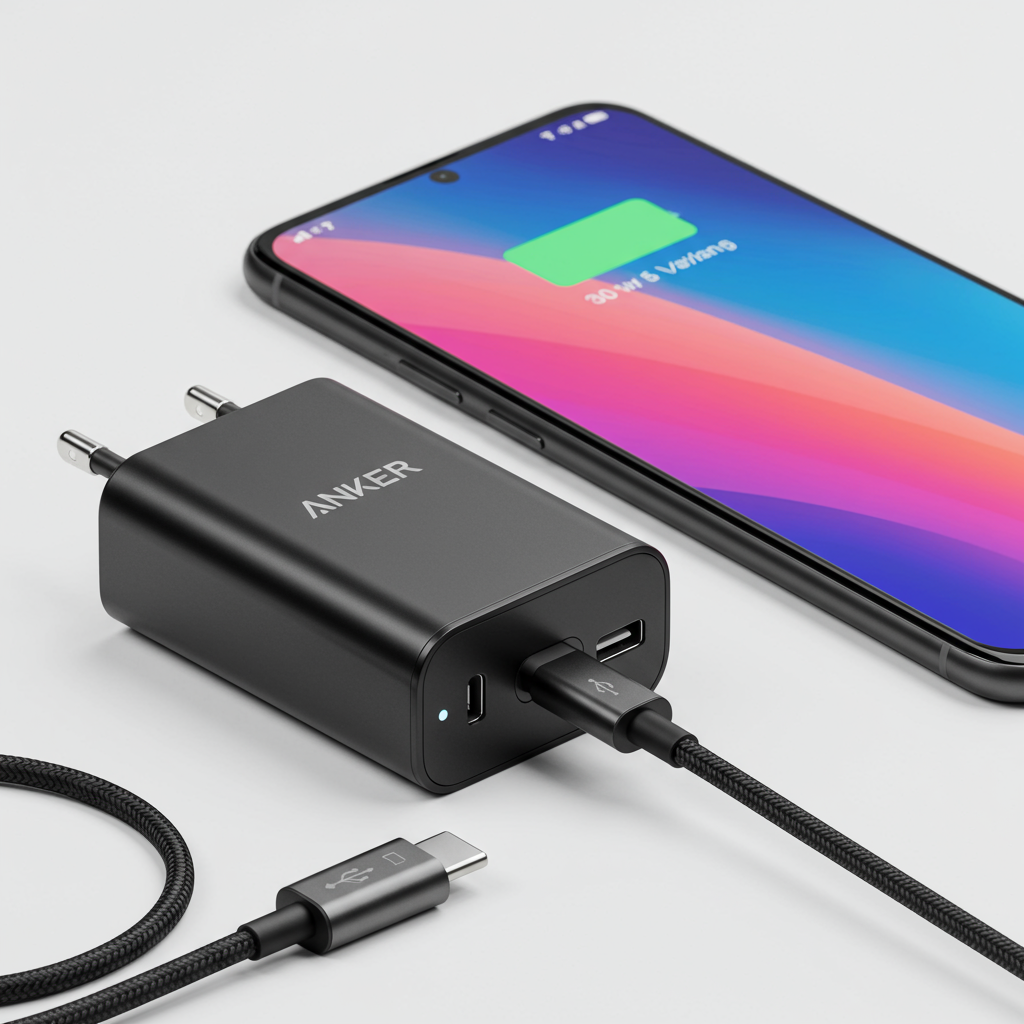Prepare for a wild ride on the Nintendo Switch 2! A recent hands-on preview of the highly anticipated Donkey Kong bananza reveals that this 3D platformer isn’t just a new adventure for the King of the Jungle; it feels like the spiritual successor to the beloved Super mario odyssey. What’s more, Nintendo has officially confirmed the game comes from the same incredibly talented development team behind Odyssey itself, adding significant weight to the comparison and sparking excitement for what’s possible on the next-gen hardware. Our experience with the game points to a title that expertly blends familiar exploratory mechanics with fresh, character-driven gameplay.
The Odyssey DNA: Familiar Yet Fresh
Spending time with Donkey Kong Bananza quickly highlights its deep roots in the design philosophy that made Super Mario Odyssey a global phenomenon. The core structure, the focus on exploration, and the sheer density of interactive elements in each environment immediately feel reminiscent of Cappy’s globe-trotting adventure. Yet, despite sharing fundamental concepts, Bananza establishes its own distinct identity, primarily through its titular star.
Formula Foundational: Open Worlds, Collectibles, Exploration
Much like Odyssey‘s expansive kingdoms, Donkey Kong Bananza features large, open areas teeming with secrets. The primary goal involves collecting numerous hidden items called Banandium Gems, serving a similar purpose to Odyssey‘s Power Moons. These collectibles are often tied to small environmental puzzles or challenges that reward players for straying off the main path and satisfying their curiosity. NPCs dot the landscape, offering helpful hints or setting up mini-objectives that lead to more Banandium Gems. This encourages a constant cycle of exploration and discovery within each layer.
DK’s Powerful Twist: Unique Moveset and World Destruction
While the formula echoes Odyssey, the true transformation comes from swapping the agile plumber for a powerful gorilla. Donkey Kong brings a sense of brute force and personality that fundamentally alters the gameplay experience. His sheer strength allows for satisfying environmental destruction, turning parts of the world into interactive playthings. This destructive capability, combined with surprisingly nimble movement options, creates a unique blend of power and agility that feels distinct and compelling. The feeling of tearing through walls or sending enemies flying is inherently fun.
Deeper Dive: Controls, Levels, and Collectibles
The initial hours with Donkey Kong Bananza showcase an intuitive yet versatile control scheme tailored specifically to DK’s abilities. Mastering his diverse moveset is key to navigating the layered environments and uncovering hidden secrets. The game smartly introduces mechanics gradually, starting with core traversal and combat options.
Masterful Mobility and Punchy Controls
Donkey Kong’s movement feels fluid and responsive. Beyond standard running and rolling, he can interact with the environment in powerful ways. The control setup is unique: A button jumps, while face buttons X, Y, and B are dedicated to punching upwards, forwards, and downwards, respectively. This allows players to carve paths through specific materials like dirt and crystal. Tougher obstacles require DK to rip suitable tools from the ground, like a piece of rock used as a makeshift pickaxe. The combination of ground pounds, charged punches, and surfing on ripped objects provides a rich toolkit for both combat and traversal, offering a dynamic feel reminiscent of combining Donkey Kong’s traditional platforming with the raw power of characters like The Incredible Hulk.
Layered Worlds: A New Approach to Exploration
Unlike Odyssey‘s massive, distinct kingdoms, Donkey Kong Bananza structures its levels differently. The areas, while large, are presented as layered subterranean caverns. Each “layer” or sublayer feels roughly the size of a level from games like Super Mario Sunshine or Mario 64. Players progress by completing main objectives within a sublayer to unlock access to the next one deeper down. However, the design encourages vertical exploration and revisiting areas, sometimes requiring players to ascend to a previous layer to access a new section of the current one. This approach offers a great compromise, blending the focused design of older 3D Mario titles with Odyssey‘s emphasis on exploration and secrets within a large environment. Fast travel between checkpoints in different sublayers makes navigation convenient.
Banandium Gems, Fossils, and Gold
Collectibles are central to the Bananza experience. Banandium Gems are the primary objective, scattered throughout levels, often tied to mini-puzzles or hidden challenges ranging from simple visibility requiring a specific move to complex platforming sequences. Fossils serve as a regional currency, similar to Odyssey‘s purple coins, used to purchase cosmetic items like new pants, ties, and fur dyes for DK. Unlike Odyssey, these clothing items can offer significant buffs, providing mechanical advantages like reduced damage or increased resistance, shifting the focus from purely cosmetic customization to strategic outfitting. Gold is an omnipresent currency, primarily obtained by destroying the environment. A “Hand Slap” move not only collects nearby gold but also acts as a radar, highlighting hidden chests or treasure maps that guide players to more collectibles. The sheer amount of destructible elements ensures a constant flow of gold and encourages players to interact with everything.
New Mechanics: Transformations, Skills, and Ownership
Donkey Kong Bananza introduces several unique mechanics that build upon the core formula and provide players with new ways to interact with the world and enhance DK’s abilities. These systems offer both temporary power boosts and long-term progression.
Unleashing Bananza Transformations
A key new feature is the Bananza transformation system. By collecting enough gold, players fill a meter, allowing them to activate temporary, super-powered forms based on other jungle animals. The preview highlighted two: the Kong Bananza, which significantly increases DK’s size, speed, and strength, enabling him to punch through tougher barriers and enemies; and the Ostrich Bananza, focused on mobility, providing gliding abilities to traverse large gaps. These transformations add strategic depth, requiring players to activate the right form at the right time to access new areas or overcome challenges.
Skill Tree and Stat-Boosting Style
Adding a persistent progression layer, Donkey Kong Bananza features a skill tree. Players earn skill points for every five Banandium Gems collected, providing a constant incentive to seek out collectibles. The skill tree primarily offers upgrades to DK’s existing abilities and stats, like improving his punch power or movement speed. However, some nodes unlock entirely new abilities, such as a double jump while holding an object or the ability to drop eggs while in Ostrich form. This system rewards thorough exploration with tangible improvements to gameplay.
Building Your Jungle Empire with Property
A unique addition is the ability to purchase properties, specifically houses, within the game’s layered worlds. These properties function similarly to the Odyssey ship, providing a safe space to restore health, change outfits, and listen to music. Owning multiple properties within a layer unlocks a special vendor that stocks items from all other shops in that area, significantly improving convenience for players looking to buy items or switch gear. NPCs in the world may even react to the outfit DK is wearing, adding a touch of personality and interaction based on the player’s choices.
Pauline’s Return and Two-Player Fun
The character of Pauline plays a significant role in Donkey Kong Bananza, featuring more prominently than even her popular return in Super Mario Odyssey. This inclusion isn’t just for fan service; she is integrated directly into the gameplay and narrative, potentially hinting at fascinating timeline connections.
Pauline: Companion, Power-Up, and Story Hook
A younger version of Pauline appears early in the game after being freed from a rocky state. She acts as Donkey Kong’s companion, assisting him with her developing singing abilities. Her singing can guide the player towards objectives and even break certain environmental barriers, effectively acting as a unique power-up. Her animation is described as fantastic, highlighting the dynamic partnership between her and DK. Nintendo’s unusual step of confirming this younger Pauline’s age has led to fan speculation that Bananza could serve as a prequel to Odyssey or even the original Donkey Kong arcade game, adding an intriguing narrative layer.
Co-Op Mode: A Casual, Pointer-Driven Experience
Donkey Kong Bananza includes a two-player mode, similar to the Co-Star mode in Super Mario Galaxy. The second player controls Pauline, who can fire word-based projectiles at enemies. This mode utilizes the Switch 2 Joy-Con’s rumored pointer feature for precision aiming. The properties of Pauline’s word projectiles can be altered by absorbing different environmental materials. While not a full co-op adventure, this mode appears designed to allow a more casual player, like a child or someone new to games, to participate and assist the main player, offering a relaxed shared experience.
The Developer Reveal and What It Means for Mario
The most discussed aspect surrounding Donkey Kong Bananza is the confirmation of its developer. For years, the whereabouts of the Super Mario Odyssey team had been a subject of intense speculation following their game’s 2017 release. Nintendo’s revelation during the preview event finally answered that question but immediately created another.
Confirmation: The Odyssey Team’s New Project
Nintendo officially stated that “the same team that developed Super Mario Odyssey” is behind Donkey Kong Bananza. This team is widely understood to be a core group within Nintendo EPD Tokyo. While Nintendo hasn’t specifically named directors or producers, the confirmation that the Odyssey team has been focused on a new 3D platformer for the past several years, culminating in Bananza, is significant.
Speculation: Who’s Making the Next 3D Mario?
This reveal sparks major questions about the status of the next main 3D Super Mario game for the Switch 2. If the primary EPD Tokyo team was dedicated to Bananza, is another internal Nintendo team handling Mario’s next flagship 3D outing? Is the Odyssey team splitting resources? Or does Bananza‘s July 17, 2025 release mean the next 3D Mario is still several years away? Rumors, including reports from game development interviewers, suggest a “best of both worlds” scenario: Donkey Kong Bananza is reportedly being developed by a new team spun off from the main Odyssey group, including younger developers passionate about DK. This would allow the core Odyssey veterans to potentially continue work on the next 3D Mario concurrently. The full staff list when Bananza releases will likely provide more clarity.
First Impressions and Anticipation
After extensive hands-on time, the excitement for Donkey Kong Bananza is palpable. It successfully takes the celebrated Super Mario Odyssey formula and applies it to a character whose unique strengths and personality fundamentally alter the experience. The satisfying destruction, versatile moveset, intriguing layered level design, deep collectible systems tied to progression, and new mechanics like transformations and property ownership combine to create a fresh and compelling adventure.
For longtime Donkey Kong fans, this appears to be the ambitious 3D game they’ve waited decades for. For Super Mario enthusiasts eagerly anticipating the next main 3D title on the Switch 2, Donkey Kong Bananza seems poised to be a more than worthy substitute to fill the void, offering a high-quality, large-scale 3D platforming experience developed by the genre’s masters. Its confirmed release date of July 17, 2025, positions it as a major title for the Switch 2’s launch year, setting a high bar for future releases.
Frequently Asked Questions
What are the main collectibles in Donkey Kong Bananza and how do they work?
The primary collectible is Banandium Gems, which function similarly to Power Moons in Super Mario Odyssey. They are hidden throughout the levels, often requiring players to solve puzzles, complete platforming challenges, or explore off the beaten path. Every five Banandium Gems collected grant a skill point, which is used in the game’s skill tree to upgrade Donkey Kong’s abilities or unlock new moves. Secondary collectibles include Fossils, used to buy cosmetic outfits that can also provide gameplay buffs, and Gold, obtained by destroying the environment and used to activate temporary Bananza transformations.
How does playing as Donkey Kong differ from Mario in Bananza, and what are his abilities?
Playing as Donkey Kong brings a distinct sense of power and destructibility compared to Mario’s agility. DK’s core moveset includes various punches (up, forward, down), allowing players to break through different environmental materials to carve paths. He can also perform powerful ground pounds and utilize items ripped from the environment as tools or even for surfing. His movement blends strength and surprising speed, offering unique traversal options. This focus on interacting with the environment through physical force and destruction sets his gameplay apart from Mario’s cap-centric abilities in Odyssey, creating a fresh feel within a similar structural framework.
Why is the developer of Donkey Kong Bananza significant, and what does it suggest about the next 3D Mario game?
Nintendo has confirmed that Donkey Kong Bananza is developed by “the same team that developed Super Mario Odyssey,” understood to be a core group within Nintendo EPD Tokyo. This is significant because the Odyssey team is renowned for their high-quality 3D platformers. It suggests that Bananza shares strong design DNA with Odyssey. However, it also raises questions about who is developing the next main 3D Super Mario game for the Switch 2, as the primary team may have been focused on Bananza. Rumors suggest Bananza is being made by a talented “spin-off” group from the Odyssey team, potentially allowing the main veterans to work on the next 3D Mario concurrently, but this remains speculative until developer credits are revealed.
Word Count Check: 1382



